
Before you splash your boat, and as you inspect the bottom to prep for application of your seasonal antifouling paint, take a good look at the condition of your boat’s bottom. If you have any bubbles or blisters, if you’ve sanded to or see any exposed fiberglass – then it’s time to step back and remember the very important process of protecting your boat’s bottom. We say “step back” because without a doubt, if you were thinking you were ready to apply antifouling paint and any one of these issues are present, you will have a whole new project on your hands. It’s a project which can’t be simply overlooked or wait until next season. Protecting your boat’s bottom from water intrusion is best accomplished with an epoxy barrier coat which is more effective in sealing out moisture than gelcoat. And therefore, it is probably the single most important coating on your boat.
A barrier coat seals a fiberglass hull, blocking water entry and inhibiting blister formation in underwater gelcoat and fiberglass. If your boat has a fiberglass hull, you MUST protect it with a barrier coat beneath your bottom paint. Just 10 mils (about 4 to 5 coats) of a barrier coat like TotalProtect Epoxy Barrier Coat Primer is all it takes to establish an aggressive barrier coat. Water can’t get in to do damage. TotalProtect is also flexible and can take the tough pounding and movement a hull undergoes without cracking or lifting.
Works to prevent corrosion on all metals above and below the waterline
TotalProtect is a “universal” primer, which has many uses beyond acting as an impermeable barrier coating on fiberglass hulls. TotalProtect has great adhesion and corrosion-protection benefits as an epoxy primer on all metal substrates. Use one, two, or three coats depending on your application. It blankets the metal so oxygen can’t reach it and corrosion can’t start — either above the waterline or underwater.
Can be used on more than just your boat’s bottom
TotalProtect is also an amazing coating for just about any surface on your boat – interior or exterior. Since it’s epoxy based, it’s a great solution to the always wet It cannot be used over existing paints or primers and must be the base coat of any application. Recently we saw it used on the Vela restoration on the interior of the hull which will not see any sunlight and which required a bright, white finish. The surface had been ground down to remove old interior paint, leaving an old surface ready for a new paint job. It’s bright white finish is perfect for an interior that will battle moisture, not from immersion, but from the continuously damp marine environment.
3 to 1 ratio is easy to mix accurately for best results
To prevent waste, mix whatever amount of TotalProtect you think you can use before it kicks, which is 5 hours —a long time compared to competing brands. It’s easy to mix and use, but if you’re new at this, you may want to start with a test batch to hone your technique. Three parts base with one part curing agent in a paint pot will do it. For example, use a graduated cup to measure 12 ounces of base to 4 ounces of hardener. Mix well. Accurate measuring is easy to do, and it’s important because with smaller amounts of base and curing agent, slight deviations in the mix ratio are greatly magnified. It’s just something to be aware, rather than afraid of. Otherwise it’s easy to mix the entire batch at once. Just dump the curing agent into the can of base. We made sure there’s enough room in there. No need to grab a separate container for mixing.
Our tech help hotline is always open for advice on your preparations and applications of all of the products we sell. Also check out the super handy HOW TO article on bottom paint which covers barrier coat and then, of course, applying your antifouling paint as well.
Our tech help hotline is always open for advice on your preparations and applications of all of the products we sell. Also check out the super handy HOW TO article on bottom paint which covers barrier coat and then, of course, applying your antifouling paint as well.
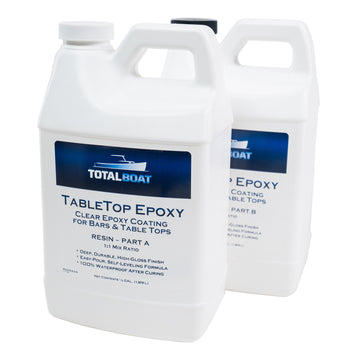

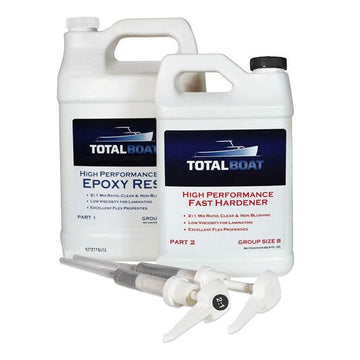

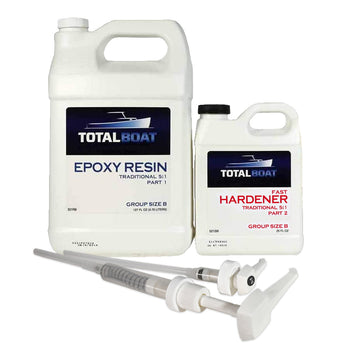

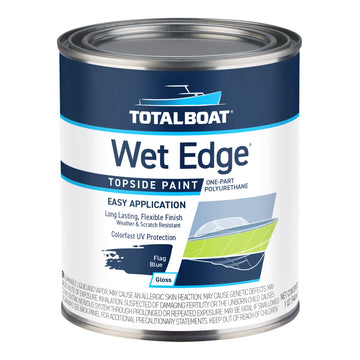

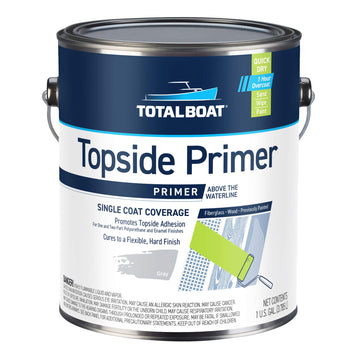

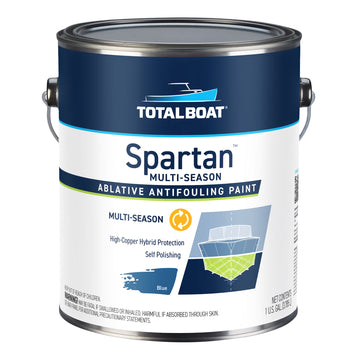
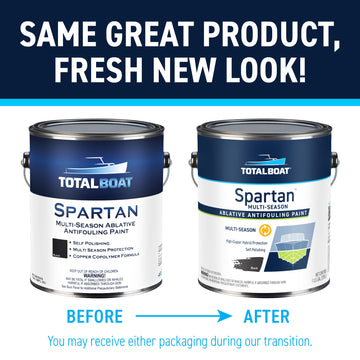
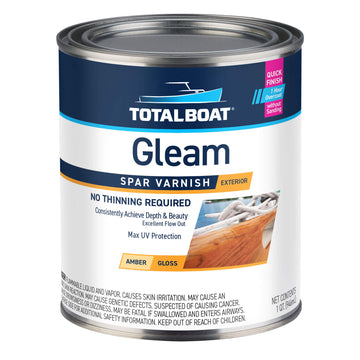

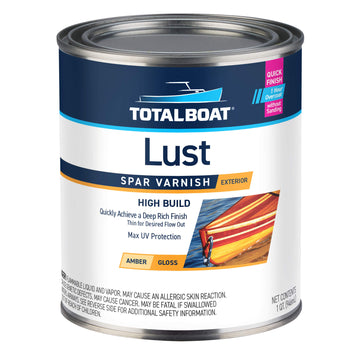

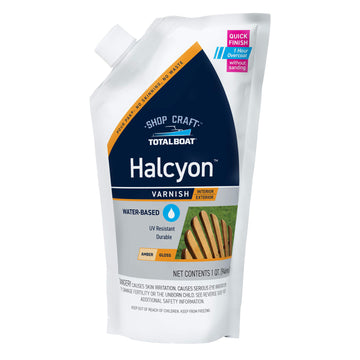

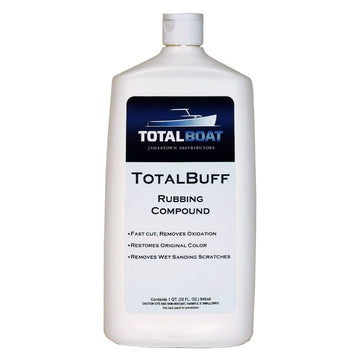
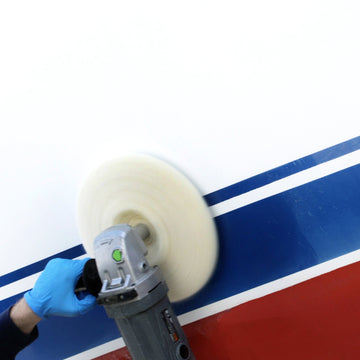
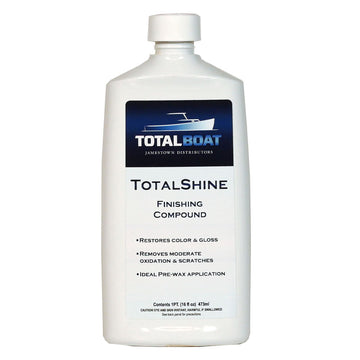
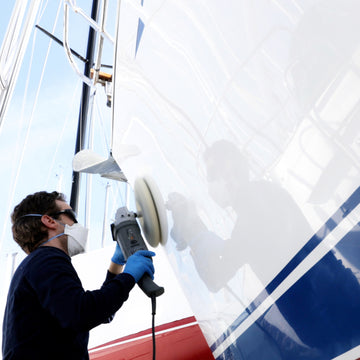
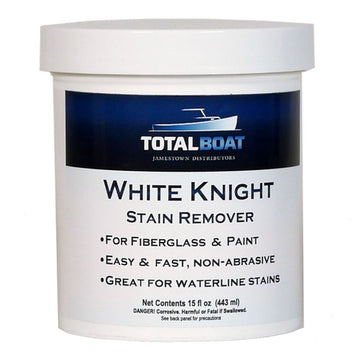
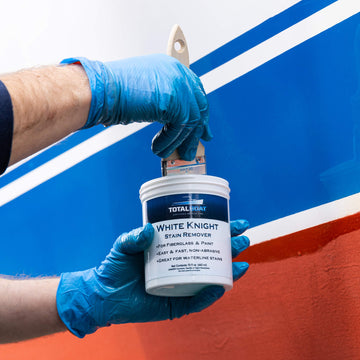
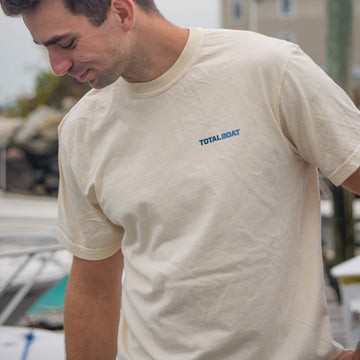
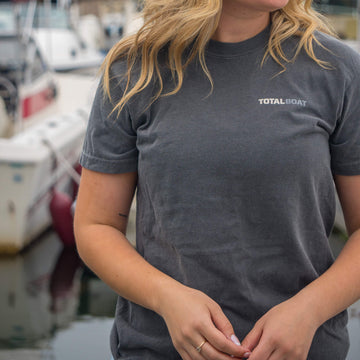
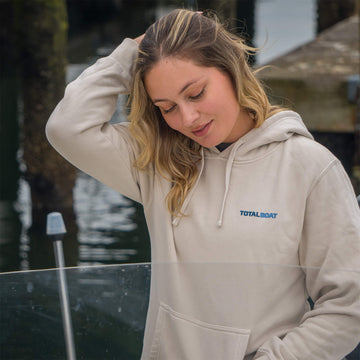
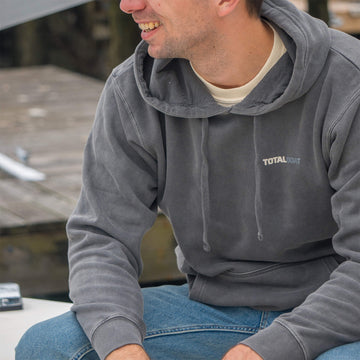
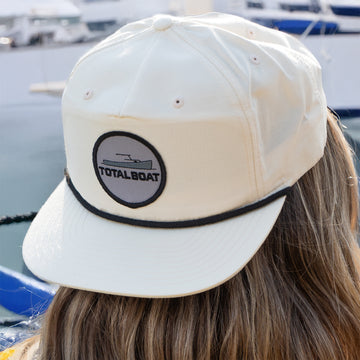
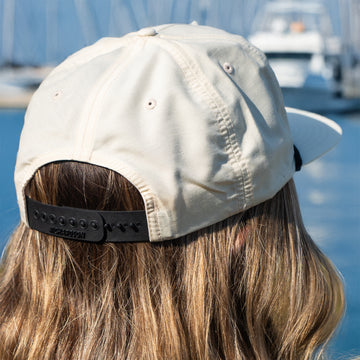
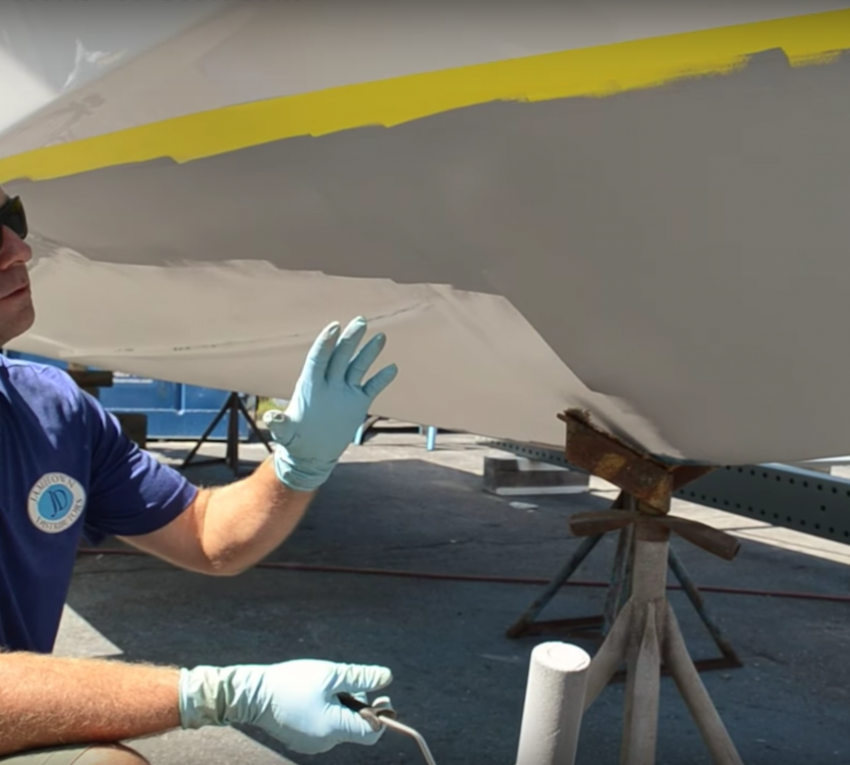
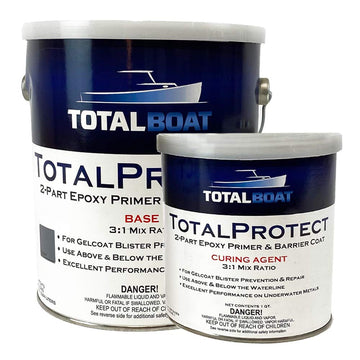
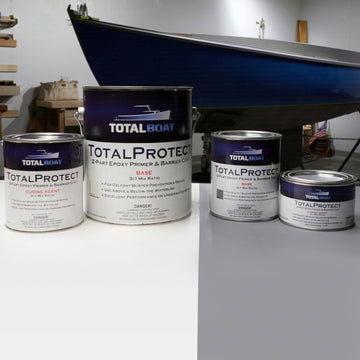




2 comments
If I don’t want to roll on my paint, but spray it on, what’s the best way to approach that?
Two parts of my boat port and stbd. has 1 1/2 by 1 foot glass bottom. What can I put on that I’m able to see through and stop the barnacles from growing. Sure, hope you can help. Thank you George